Can you lose weight by walking?
A personal trainer explains what you need to know about walking and weight loss
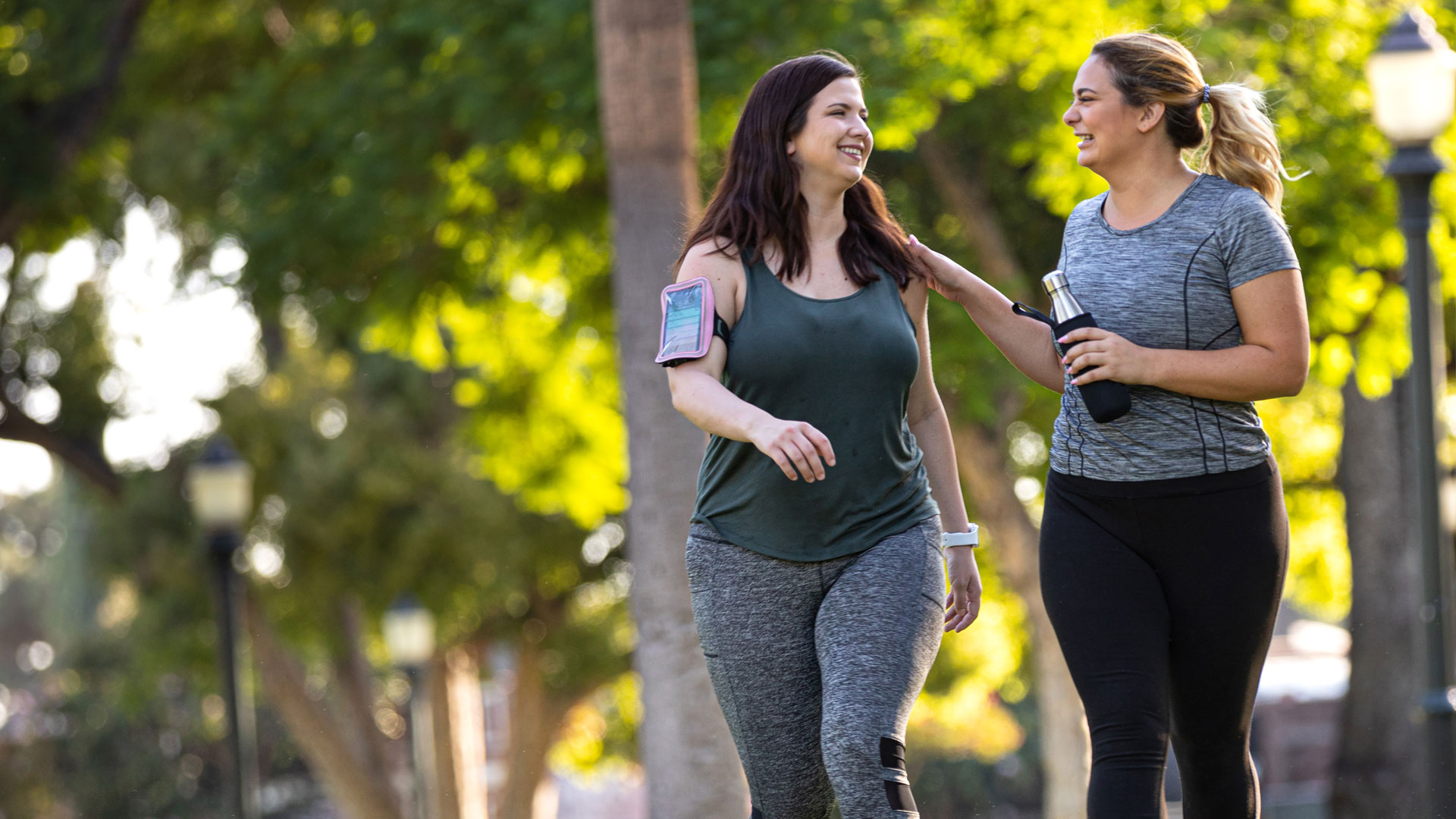
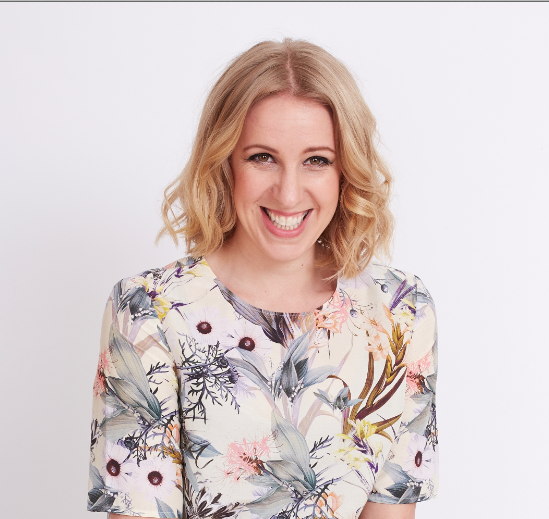
Can you lose weight by walking? As a personal trainer, it’s a question I get asked a lot. My answer is: all physical activity, which includes walking, will burn calories. This can contribute to the calorie deficit you need to lose weight.
It’s always best to combine your walking regime with a healthy diet, as exercise and nutrition play a role in losing weight. Here’s what you need to know.

Maddy Biddulph is a certified level-3 personal trainer and nutrition advisor who helps people lose weight and get fit. She helps clients prioritize health and fitness, build muscle, drop body fat and get into the best shape.
What you need to know
How to lose weight is (in theory) straightforward: eat less or burn more calories (kcals) than you need through exercise, or do a mix of both. This will put you into a calorie deficit that causes the body to use fat reserves for energy, which leads to weight loss.
How many kcals you need daily will depend on your age, gender, physical activity levels, height, weight and body composition. According to the American Dietary Guidelines 2020-2025 your calorie intake needs, as an adult, could vary from 1,600-3,000 kcal.
You can burn more calories throughout the day by increasing your Non-Exercise Activity Thermogenesis (Neat). Put simply, Neat is the energy expended for everything you do that is not sleeping, eating, or sports-like movement. Examples include walking, gardening, typing and even fidgeting. And while people often talk about wanting to lose weight, what they mean is that they want to lose fat.
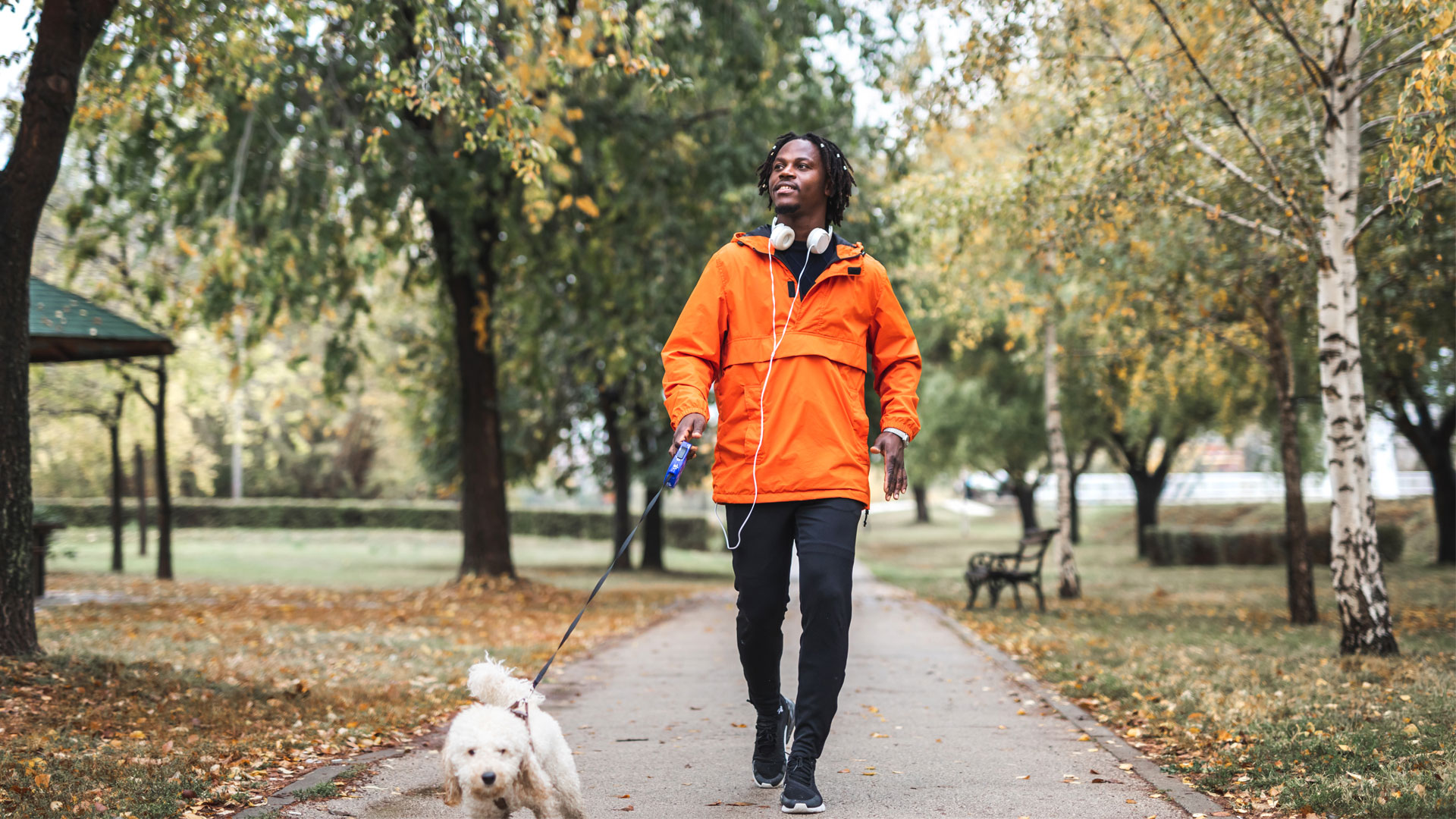
Weight loss vs fat loss
Weight loss is the reduction of someone’s kilo weight from fat, muscle, and water. Sadly, you can’t spot-target where you lose this, so you may also lose lean muscle mass in the process.
On the other hand, fat loss is weight loss resulting from losing body fat. Excess body fat is bad for health and increases the risk of chronic illnesses, including obesity, heart disease, type-2 diabetes and high blood pressure.
Get the Fit&Well Newsletter
Start your week with achievable workout ideas, health tips and wellbeing advice in your inbox.
Consuming fewer calories than you burn can boost fat loss, but it’s important to choose nutrient-dense foods that fill you up and help the body do its job efficiently. Always opt for a balance of macronutrients (protein, fats and carbs), colorful vegetables, wholegrains and plant-based foods, and watch your portion size.
How much walking do you need to do to lose weight?
This will depend on the individual but, as a general rule, adding a brisk 30-minute walk to your daily routine could burn around 150 calories a day. To help achieve your fat-loss goals try increasing the pace and distance of your regular walks. This will help to put you in a calorie deficit and burn fat reserves. To speed up results, you can even throw in a hill or two to get your heart rate up and increase the intensity and calorie-burn.
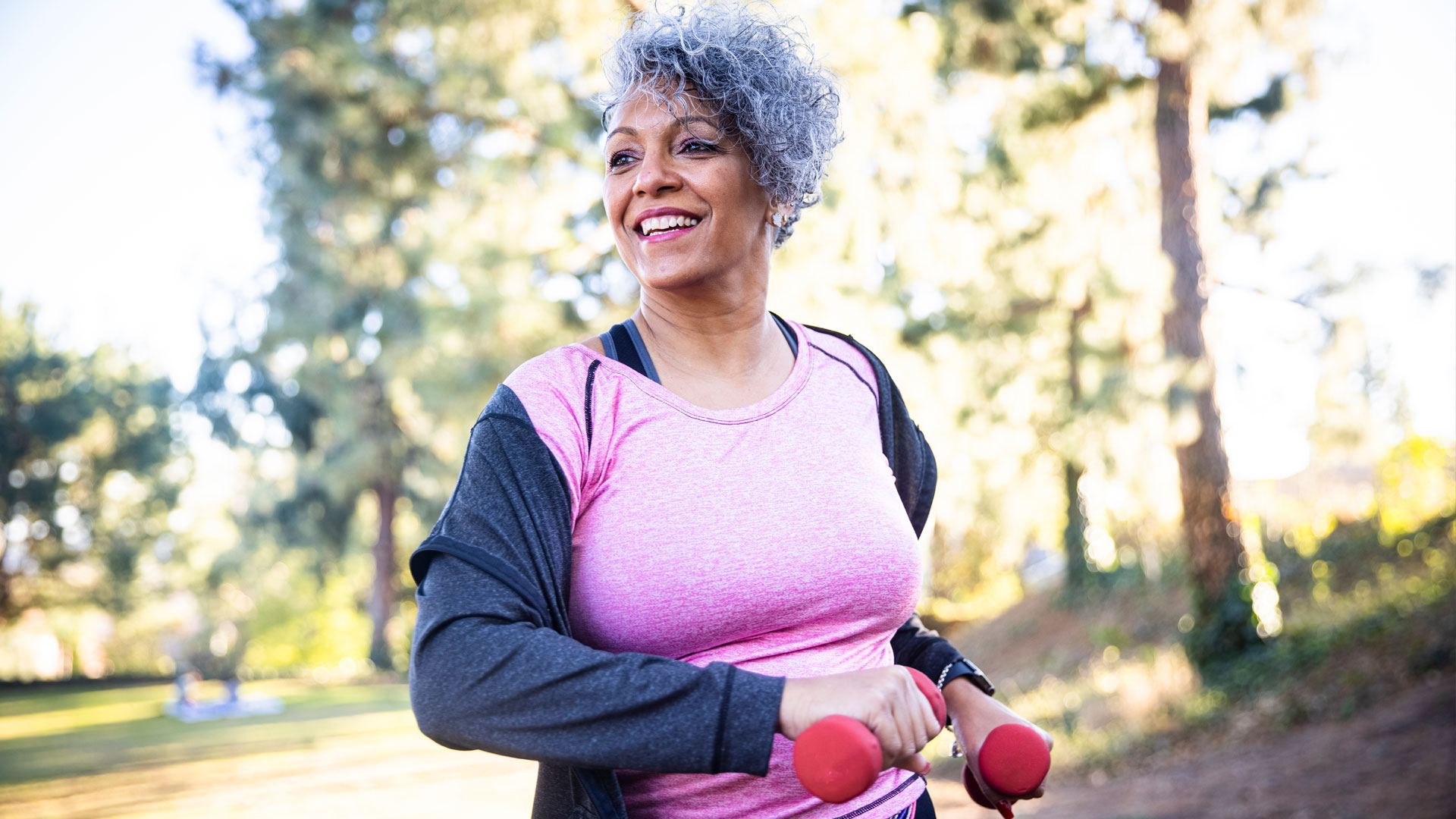
Walking on a treadmill for weight loss
If you can’t get outdoors, you can walk on a treadmill for weight loss. Similar to walking outside, if you want to boost your results you can increase the intensity by increasing the speed, incline, distance and/or time.
You could try doing the 12-3-30 workout, a fitness trend made popular by influencer Lauren Giraldo when she was looking for a simple and approachable way to get fit. It involves setting your treadmill to an incline of 12, a speed of 3 miles (4.8km) an hour and walking for 30 minutes.
Walking on a steep incline like this is a great way to increase the intensity (and calorie-burn), but, for me, it’s overcomplicating things to give people prescriptive times, inclines and paces to follow for weight loss. It also sounds dull to me being stuck on a treadmill doing the same thing for half an hour.
From my experience with PT clients they crave variety in their fitness regime or get bored and become unmotivated. An alternative to the 12-3-30 would be doing HIIT-style interval training on the treadmill—alternating between speed walking to increase the heart rate, which burns more calories and boosts metabolic rate, and normal walking, which acts as active recovery time.
Other things that can help with weight loss
Increase protein and fiber
When my clients come to me wanting to lose body fat I recommend they first increase their protein intake, if they aren’t getting enough, as it’s naturally filling and they’ll be less likely to give into sugar cravings. Eating a high-fiber diet has similar benefits, as well as being good for gut health, which may also play a positive role in weight loss. If you need a quick way to top up your protein intake, have a look through my recommendations for the best protein powders for weight loss.
Start resistance training
You can boost fat loss by adding resistance training to your fitness regime. Resistance training can help boost your muscle, which can contribute to calorie-burn. The more muscle mass you have, the more calories you will burn (even at rest), which could help you hit that calorie deficit. Read through our guide to the best strength training exercises for weight loss, if you want to know where to start.
Improve sleep and reduce stress
Another thing to prioritize is sleep, as when we don’t get enough rest our body produces more cortisol (our stress hormone), which signals to the brain to cling onto fat reserves in case we need the energy. The impact of stress has a similar effect. If you are struggling to lose weight while also managing a lot of stress your cortisol levels may be too high, leading the body to hold onto fat.
Maddy Biddulph is a freelance journalist specializing in fitness, health and wellbeing content. With 26 years in consumer media, she has worked as a writer and editor for some of the bestselling newspapers, magazines and websites in the US and UK.
She is also a qualified L3 personal trainer and weight loss advisor, and helps women over 40 navigate menopause by improving their physical and mental strength. At Maddy Biddulph Personal Training, she runs one-to-one and small group training for menopausal women who want to get fit to ease symptoms and feel like themselves again.
-
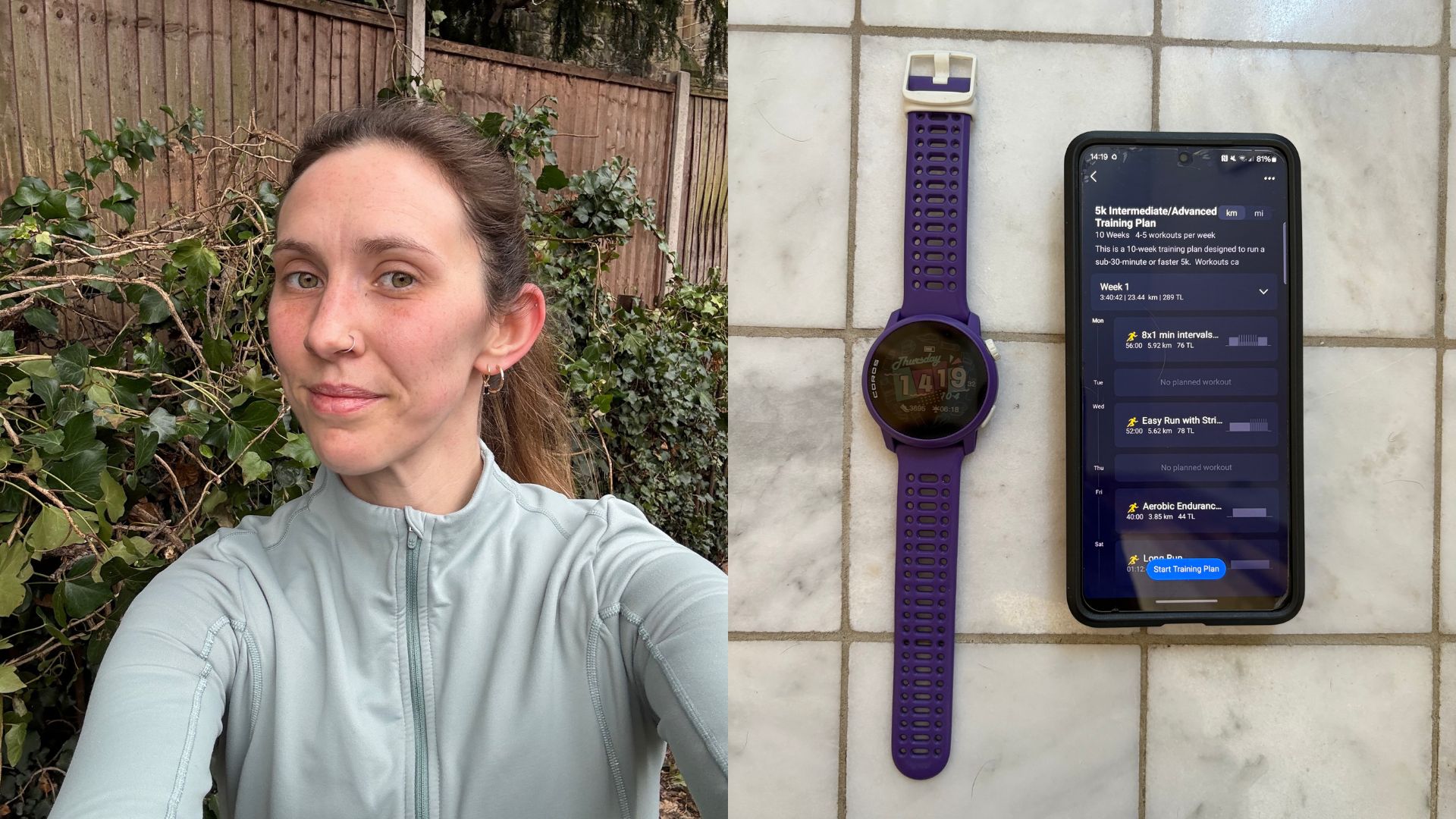 This is the exact running plan I followed for two months to finally get my 5K run time under 30 minutes
This is the exact running plan I followed for two months to finally get my 5K run time under 30 minutesAnd it helped me fall in love with running again
By Ruth Gaukrodger Published
-
 I increased my step count back to 10,000 a day after time off—here’s how I did it sustainably
I increased my step count back to 10,000 a day after time off—here’s how I did it sustainablyIt took me five weeks to get back to the ideal range
By Lou Mudge Published